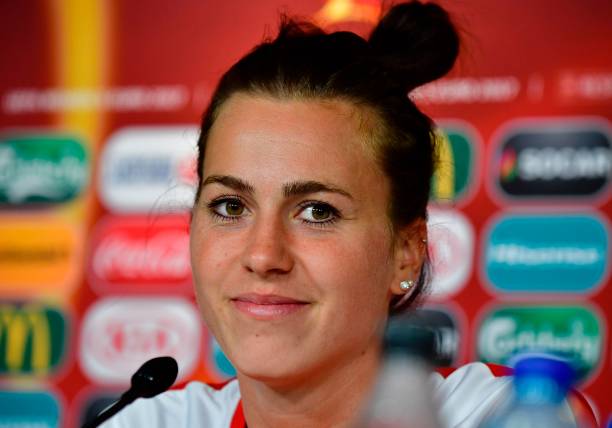A couple of years ago, the FA decided to go for a full-time professional women’s football League so with the FA WSL in a new era, let’s have a look at the transfer numbers from 2013 to 2018.
The numbers are those I have recorded throughout the years, as it is not easy to get full and correct data about the FA WSL. They might be a little off as teams do not always reveal when contracts are signed or extended.
First, it has to be noted that I was not collecting data for the transfer windows in 2011 and 2012, so the numbers are not available for those two years.
I also only started tracking the players’ contract extensions from 2015, hence you will see some missing data there as well.
It is also important to note that the number of teams in the league went up eight to eleven, so there is an automatic increase in the number of transfers and contract extensions.
I have also only taken into the account the three-month winter transfer windows in the early years and the summer transfer windows in the last two seasons, as the FA decided to move from a summer league to the classical winter league a couple of seasons ago.
The one-month transfer windows are not taken into account, because their numbers are much lower than in the other windows, the same way as the men’s January window does not generate the same numbers as the summer window.
On this note, there was a double three-month transfer window in 2017. I don’t know how FIFA left the FA get away with it, actually. It gave the English clubs a huge competitive advantage over all foreign Leagues as the FA WSL were allowed to sign professional players for half of that year instead of just a third.
I have also included Notts County Ladies in the 2017 data, even if they folded just before the beginning of the Spring Series, because they actually did a lot of deals before closing shop.
So, here are the numbers from 2013 to 2018 :

We can clearly see an increase in the last transfer window with more than double the number of transfers in and out compared to the previous summer and winter windows.
If we look at the transfers-per-team ratio, you can also see a big increase for the last transfer window, again, it more than double what happened in the previous transfer windows.
As I previously mentioned, before the change to professional football, there was actually a double three-month window that saw a small drop in activity in comparison to the previous four transfer windows, 10% on average for transfers in and 13% for transfers out.
It was an impressive feat to have two consecutive transfer windows with a three-month interval between them that almost generated the same amount of moves as the four previous seasons.
Adding the huge increase for last summer, it shows that the FA WSL transfer market is clearly thriving and there are many players who now have a professional contract in comparison to previous seasons.
But, an important question remains: Has that increase benefited English players or has it led to more imports from abroad?
I will have an answer to this once I have finished crunching the numbers and go deep into analyzing them, so you will have to check back!

